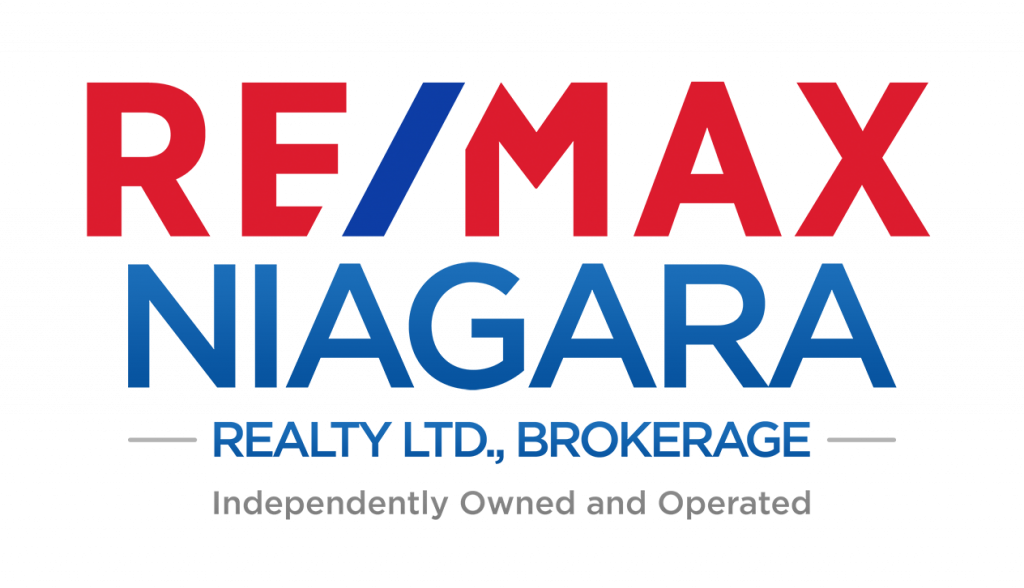Canada’s housing market has been in bubble territory since mid-2016. For more than half a decade, Canadians have been watching with mouths agape as house prices skyrocketed across the country. According to the US Federal Reserve, the Exuberance Index for Q3 2021 indicates Canada has been in a bubble for more than 26 market quarters or more than 6.5 years.
What does all of this mean? We are in an affordability housing crisis. Recently, The Housing Affordability Task Force Report was published outlining the key issues regarding housing that Ontarians are facing. The findings in this report are the result of collaboration by industry leaders and experts who consulted with stakeholders including municipalities and advocacy groups to develop the report.
Note: As we are located in Ontario, we have chosen to narrow this article’s focus to our province.
3 TAKE-AWAYS FROM THE REPORT
LACK OF INVENTORY
According to the Task Force Report, the average price for a house across Ontario was $923,000 at the end of 2021. In 2011, the average price was $329,000. In one decade, the average house price has risen 180% while, the average income has only grown approximately 38%. How did this happen? Lack of Inventory. Canada has the lowest amount of housing per population out of all the G7 nations. In fact, the amount of housing in Canada per capita has dropped in the past five years. Ontario is at a particular disadvantage. The report found that ⅔ of the housing shortage in the country is in our province. In order to meet the demands of population growth, it is estimated that Ontario will need 1.5 million more housing units to be built over the next ten years.
POLICY AND PLANNING ISSUES
Ontario does not suffer from a lack of buildable land, but it certainly is stifled by its outdated policy and restrictive planning guidelines. Too much buildable land in our biggest urban centres are restricted by outdated zoning laws. For example, it is estimated that 70% of land zoned for housing in Toronto is restricted to single-detached or semi-detached homes, preventing homeowners from adding additional suites which would not only create housing for fellow citizens, but also create income for themselves. That same homeowner is more likely to get a permit to tear down their home and build a large single detached house than they are likely to receive the right to rezone their property to allow an accessory dwelling. More municipalities should consider modernizing their zoning by-laws to create the opportunity to add more rental housing and suites, which would not only alleviate affordability issues, it would also help to make our communities more diverse.
REDUCE THE RED TAPE! MAKE IT EASIER TO BUILD
The province will not be able to tackle the housing shortage if it is not willing to cut the red tape and make it more attractive to developers to build. The report published an alarming statistic: “of 35 OECD countries, only the Slovak Republic takes longer than Canada to approve a building project. The UK and the US approve projects three times faster without sacrificing quality or safety.” Canada’s snail-like approvals of building projects is directly contributing to the housing shortage. As a result of the lack of supply, demand has climbed exponentially and reduced affordability for many Canadians. In Ontario, it takes an average of five to ten years to approve undeveloped land for building. The complexity of the planning process and the delays in building approvals have had catastrophic impacts for Ontario builders and buyers alike. The delays and red tape increase development costs which are passed onto the consumer, contributing to the crisis that we are currently facing.
Until the government addresses the supply issues in the housing market, many buyers will continue to struggle to afford a home of their own. As a result, home ownership may no longer be a staple of the Canadian dream.
SOURCES:
Canadian Real Estate Bubble Sentiment Is Collapsing Fast: US Federal Reserve Data
https://betterdwelling.com/canadian-real-estate-bubble-sentiment-is-collapsing-fast-us-federal-reserve-data/
Housing Affordability Task Force Report. Ministry of Municipal Affairs and Housing. © Queen’s Printer for Ontario, 2012–to 22
https://files.ontario.ca/mmah-housing-affordability-task-force-report-en-2022-02-07-v2.pdf


